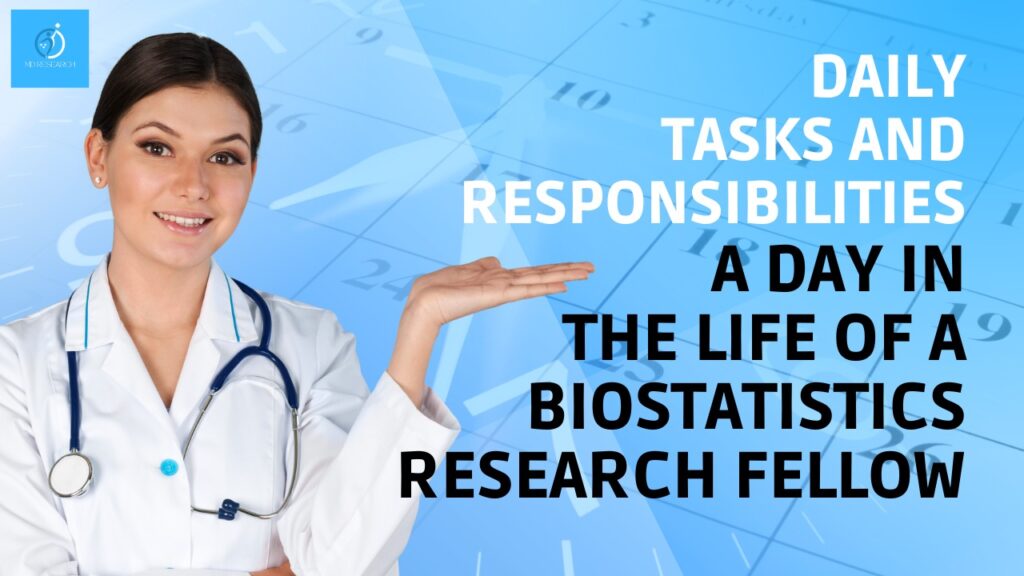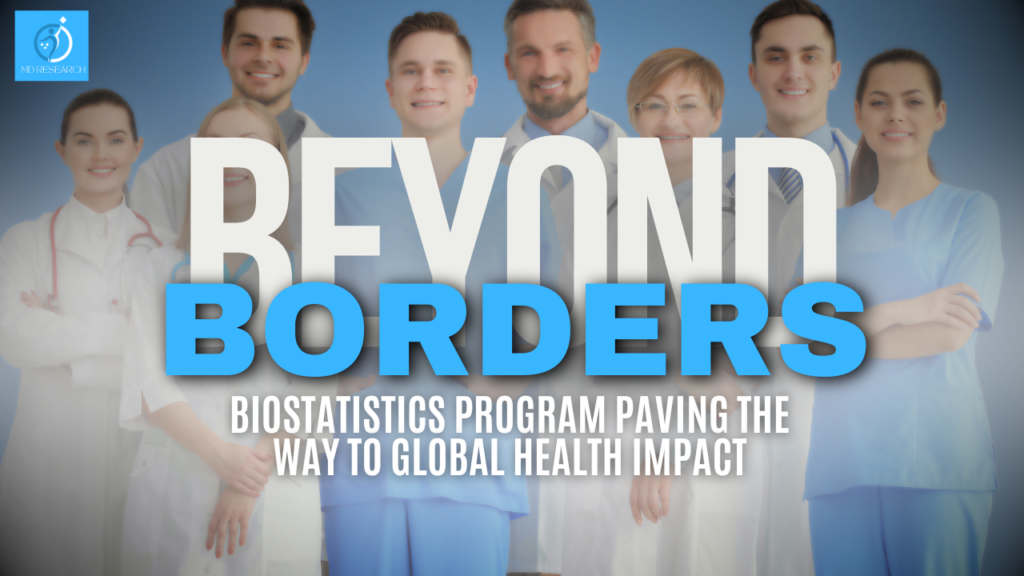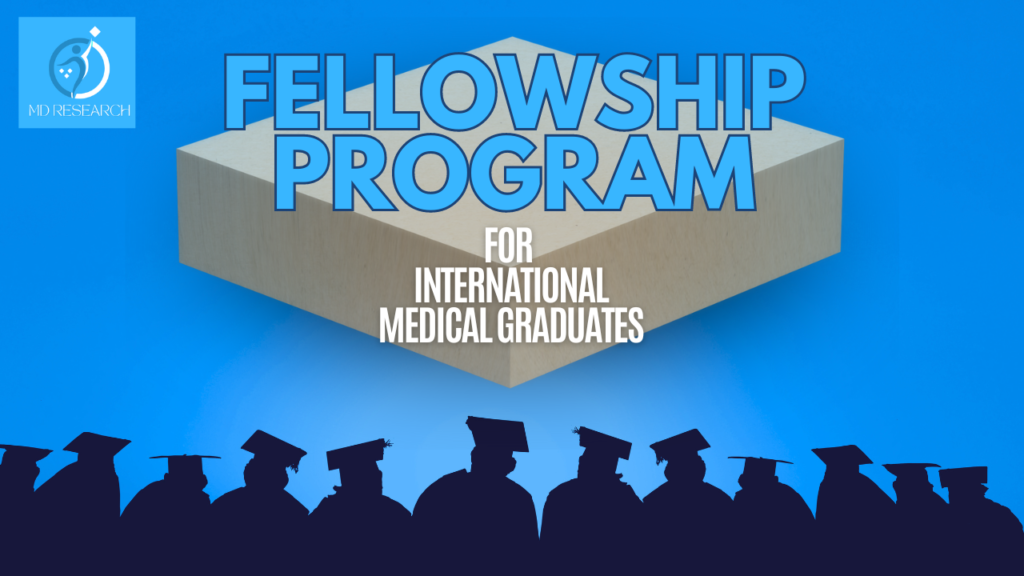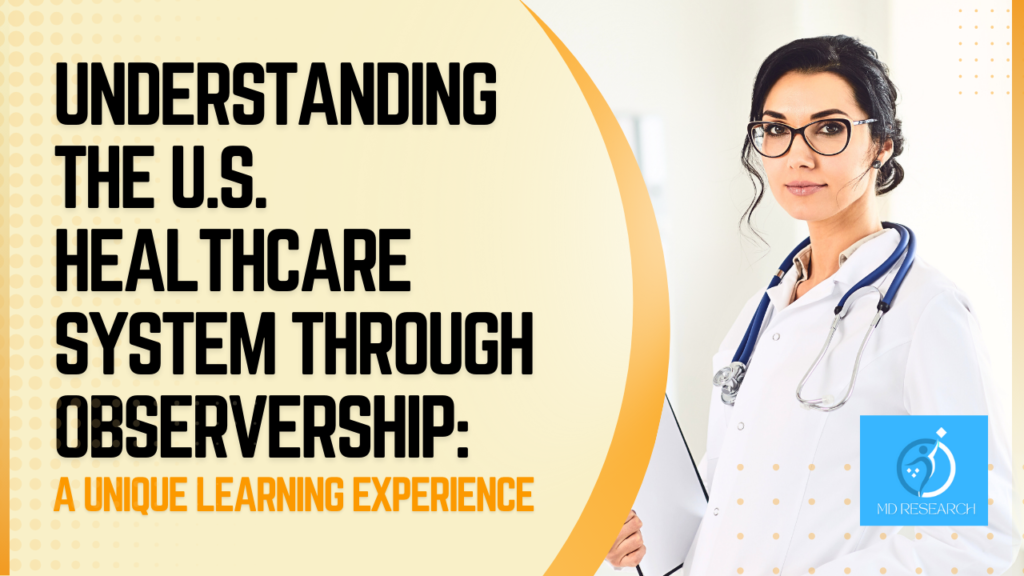Misconceptions About Indian IMGs Practicing in the US
A Landmark Achievement: National Medical Council of India’s WFME Accreditation In a significant development for the Indian medical community, India’s National Medical Council (NMC) has achieved accreditation from the World Federation of Medical Education (WFME). This milestone has led to excitement and inquiries from Indian medical graduates (IMGs) who see new opportunities to practice medicine in the USA, Canada, and Australia. However, it is crucial to understand the true implications of this accreditation and dispel common misconceptions. Decoding the Accreditation Impact While the WFME accreditation is promising, it does not grant automatic practice rights to Indian IMGs in these countries. The path to medical practice abroad is complex, involving numerous additional steps, evaluations, and examinations to ensure that IMGs meet the high standards set by these nations. Navigating the Process: Insights from WFME and ECFMG To clarify the matter, I contacted both the WFME and the Educational Commission for Foreign Medical Graduates (ECFMG). Unfortunately, my attempt to gather detailed information from the WFME office in France was unsuccessful. The representative could not provide substantial insights, and it was revealed that the WFME might be relocating its headquarters to either Switzerland or Romania. In contrast, my conversation with ECFMG proved more informative. The WFME recognition process will be introduced on January 1, 2024. However, ECFMG clarified that there would be no abrupt changes. Graduates from countries already accredited by WFME will follow the new process, while those from non-accredited countries will continue with the older procedure. This measured approach ensures a smooth transition for IMGs from various backgrounds. Shifting the Accreditation Paradigm Previously, Indian medical colleges had to seek individual recognition from the Medical Councils in Canada and the USA. With the new WFME accreditation, the process is streamlined. The NMC’s recognition by WFME means that individual medical colleges will gain recognition through the NMC, simplifying the pathway for Indian IMGs. Additionally, this development initiates electronic collaboration between WFME and ECFMG, enhancing data exchange efficiency. Maintaining Examination Standards Despite these advancements, Indian IMGs must still pass the necessary licensing examinations to practice in these countries. The requirements include: USA: United States Medical Licensing Examination (USMLE) Canada: Medical Council of Canada Qualifying Examination (MCCQE) Australia: Australian Medical Council Examinations (AMC) These examinations ensure that IMGs possess the requisite knowledge and skills to meet the medical practice standards in these countries. Financial Aspects of WFME Accreditation The accreditation process involves significant costs, estimated at $60,000 per medical college. This totals approximately $42,360,000 for all 706 medical colleges in India. This expenditure likely covers logistical and administrative expenses, including travel and coordination efforts to ensure proper accreditation and oversight. Moving Forward: A Call to Action The WFME accreditation marks an essential step towards a more streamlined process for Indian IMGs. However, it is not a panacea. Indian medical graduates must remain proactive, informed, and prepared to meet the additional requirements and examinations necessary to practice in the USA, Canada, and Australia. This development should be seen as an opportunity and a call to action, encouraging IMGs to pursue their aspirations with diligence and commitment. Conclusion The WFME accreditation of the National Medical Council of India is a significant milestone that brings hope and new possibilities for Indian medical graduates. While the journey to practicing medicine in the USA, Canada, and Australia remains challenging, this development simplifies and enhances the process. Indian IMGs must stay informed, prepared, and resilient as they navigate this exciting but complex path toward achieving their professional dreams. Stay connected with us at IMG Secrets for the latest updates and guidance on this evolving situation, and embark on your journey with confidence and clarity.
Misconceptions About Indian IMGs Practicing in the US Read More »








